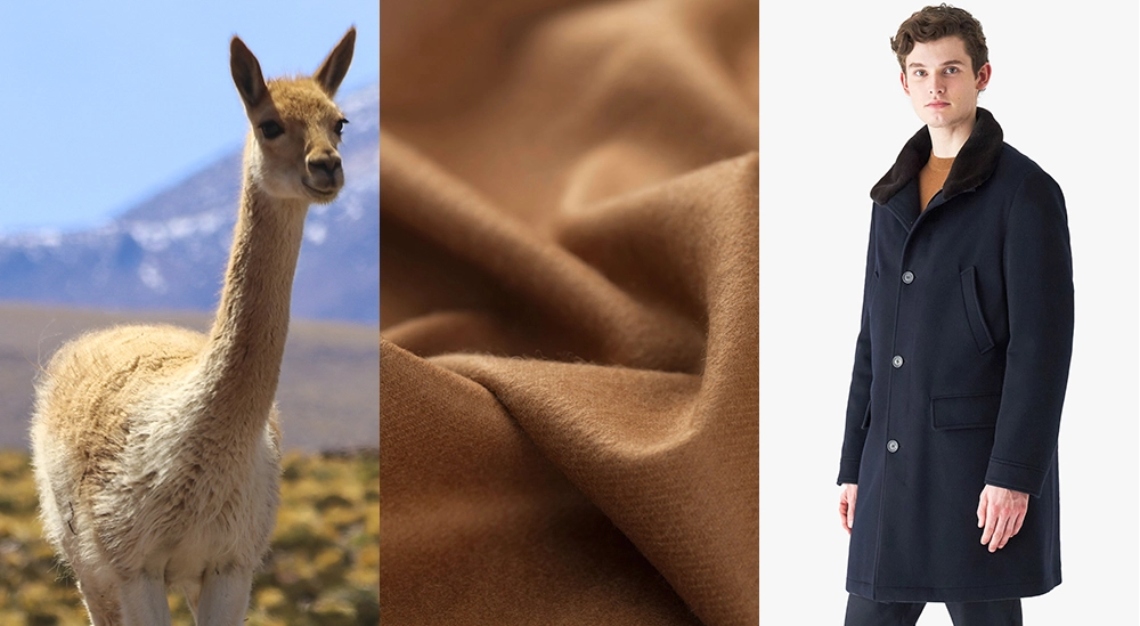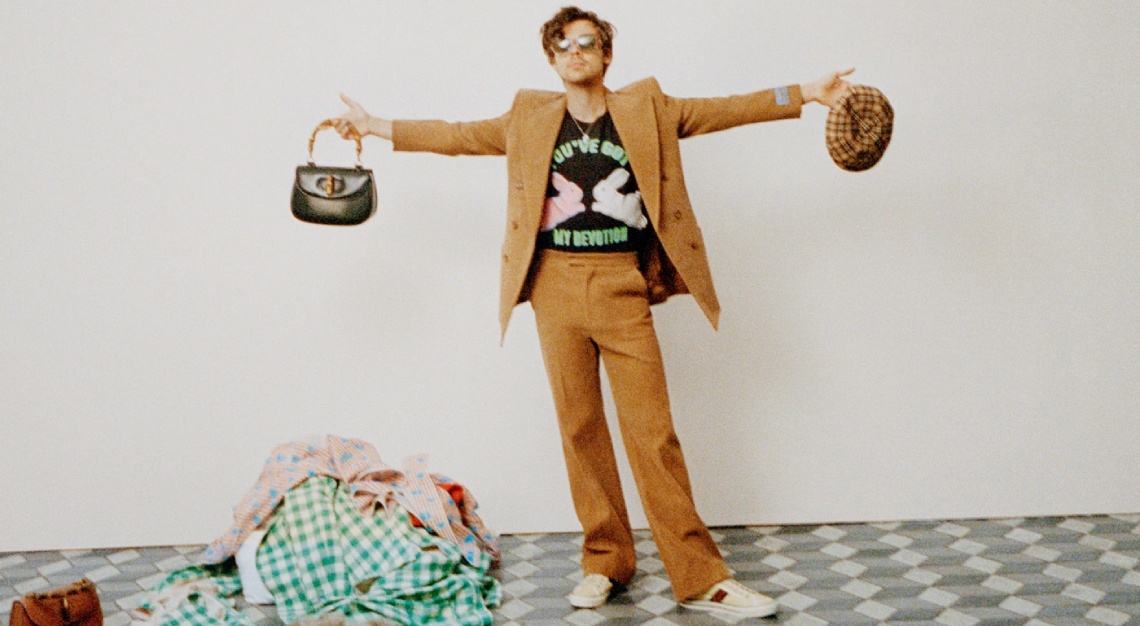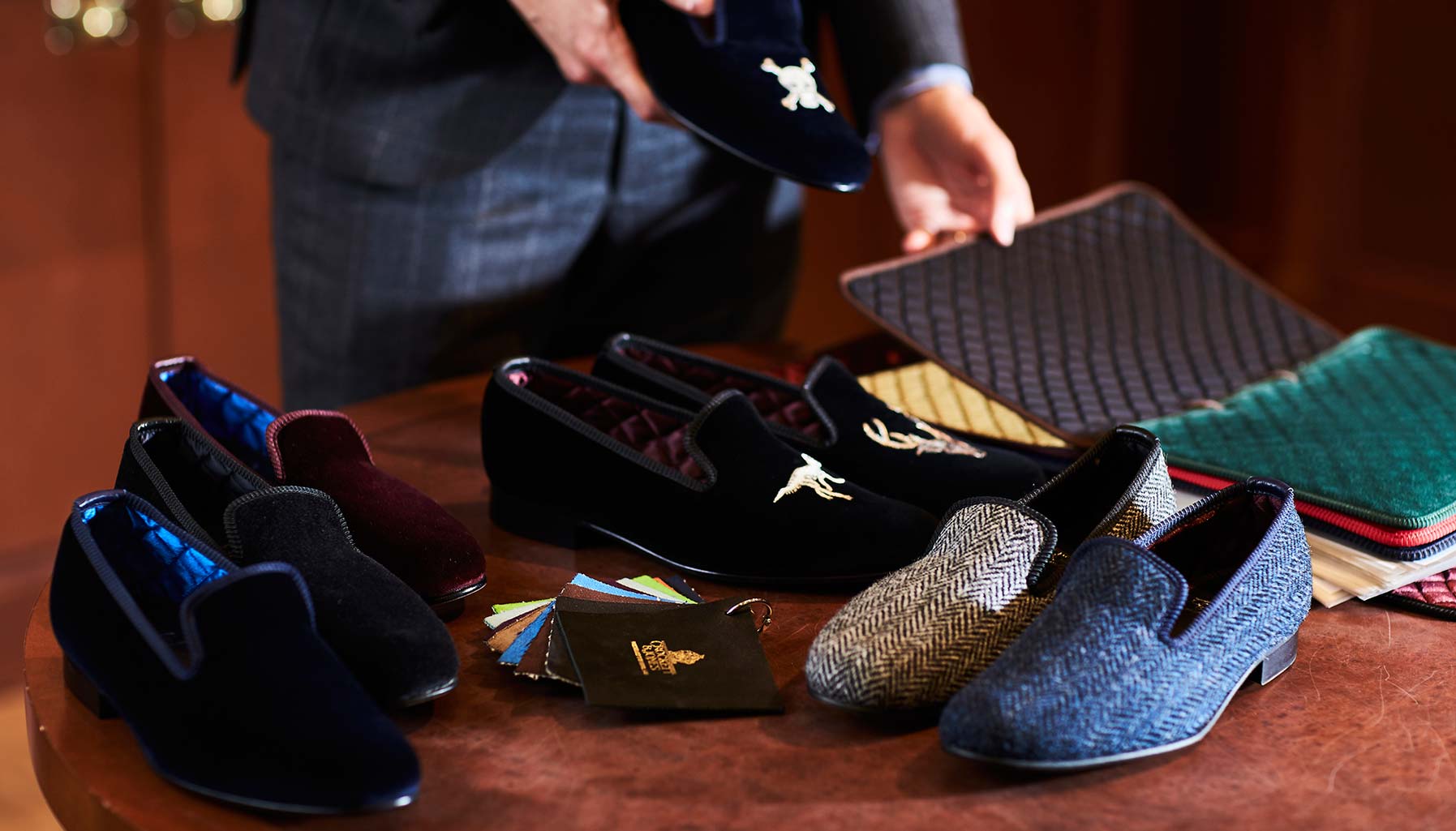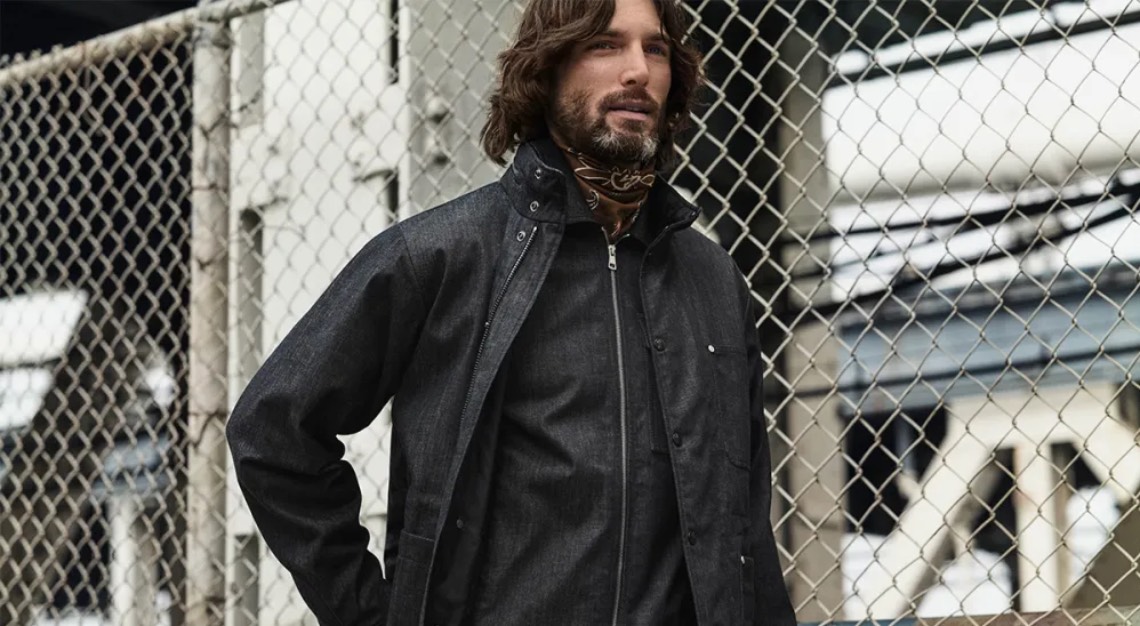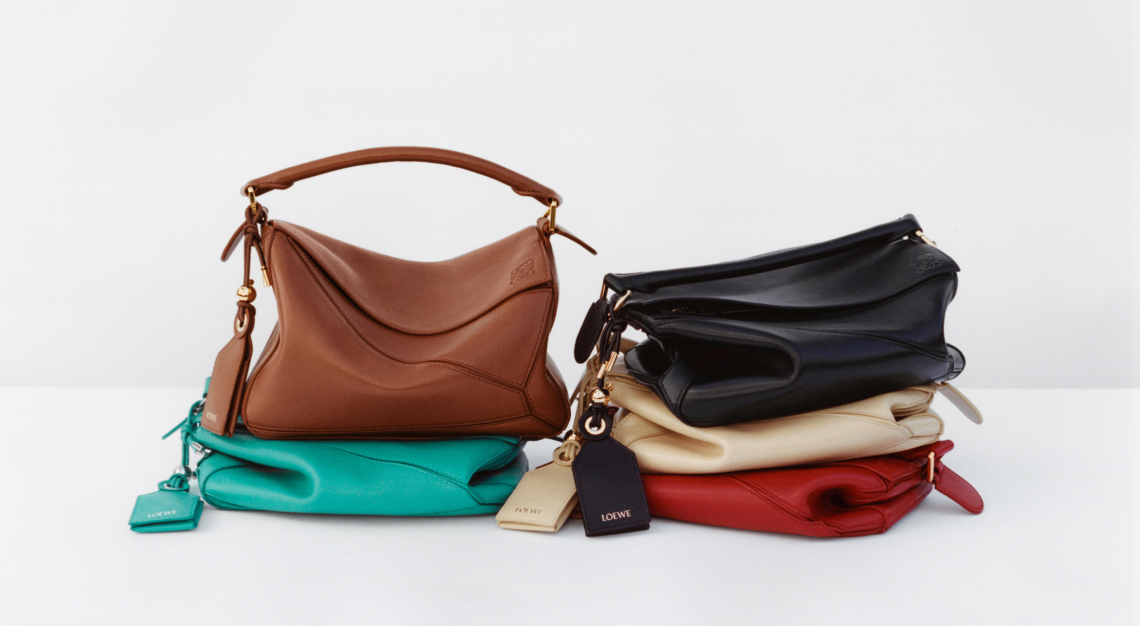From its pre-Columbian history to its modern-day use in bespoke tailoring, everything you’ve ever wanted to know about the planet’s most prized textile
For the ultimate winter wardrobe pick-me-up, invest in a layer made out of one of the most luxurious and rare materials in the world: vicuña. Yes, coats, jackets, and scarves made out of vicuña often retail for three or four times more than similar items in fine cashmere and wool, but the price difference here is not without good reason.
Why is vicuña so expensive?
Made from South American vicuña camelids, which roam the Andes Mountains, the super-soft, fine, and resilient wool has been coveted for decades—particularly by Incan royalty. Today, it is in scarce supply because vicuña is an endangered species and, therefore, is shorn under tightly controlled conditions. The South American animal was nearly brought to extinction by over-farming during the colonial era before being declared endangered in the 1960s. Since then, the population has recuperated thanks to the installation of protected habitats and a return to cruelty-free Incan shearing practices. Under these strict guidelines, mature vicuñas are caught, shorn, and returned to the wild—a practice that has dramatically decreased the threat of poaching. This process also ensures that each vicuña can lend its wool to multiple garments over the course of its life—as it can take up to 35 of the demure animals to produce enough wool for a single coat.
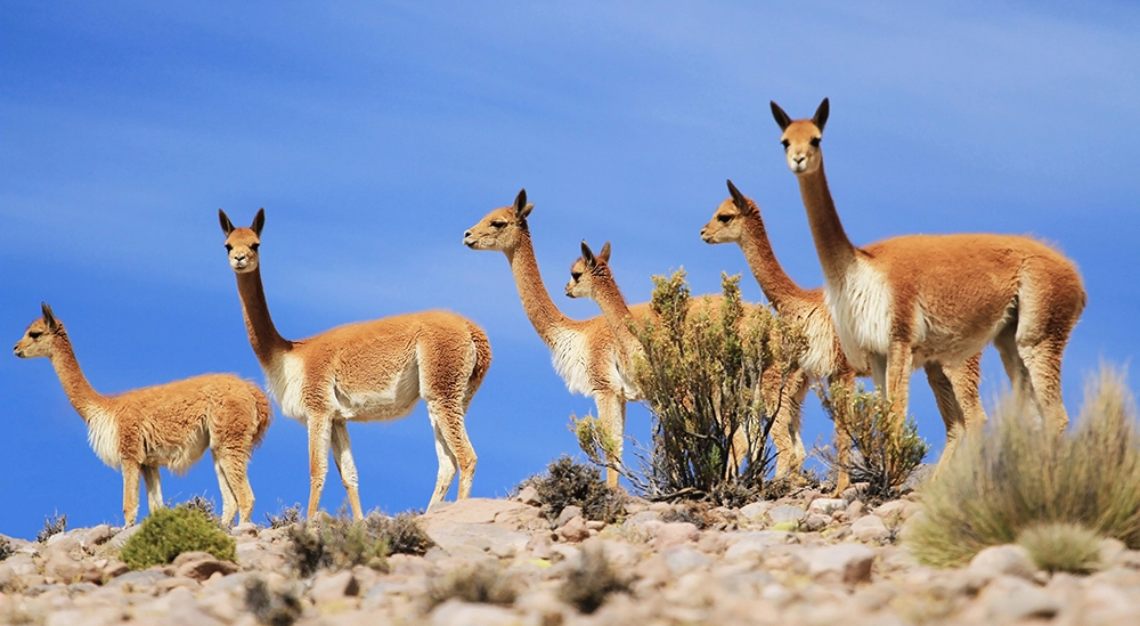
At the forefront of protecting vicuña is the Italian luxury goods brand Loro Piana. It has worked with the Peruvian government and Andean communities since 1994 to rehabilitate the vicuña’s habitat and today the company controls much of the vicuña supply globally. In 2008, the company purchased nearly 5,000 acres in the Peruvian Andes to create a reserve where the shy animal can be observed, studied, and shorn safely.
Another contributing factor to its tight supply is the difficulty of milling vicuña into finished fabric. Just a handful of mills worldwide are capable of working with the delicate fibre, which if not milled properly, can be irreparably damaged.
Fabric importer James Sheed, who through his company Kemp and Hewitt supplies Zegna vicuña to American tailors, recounts that the average super 100s wool can be woven at a speed of 400 “picks” per minute. In comparison, the weaving time for vicuña cannot exceed 260 picks per minute.
“The tenderness of the fibre means that you have to be very careful on every level,” he tells Robb Report. “Making the yarn, dyeing it, weaving it and finishing it, you can do more damage than good—unless you’re very careful.”
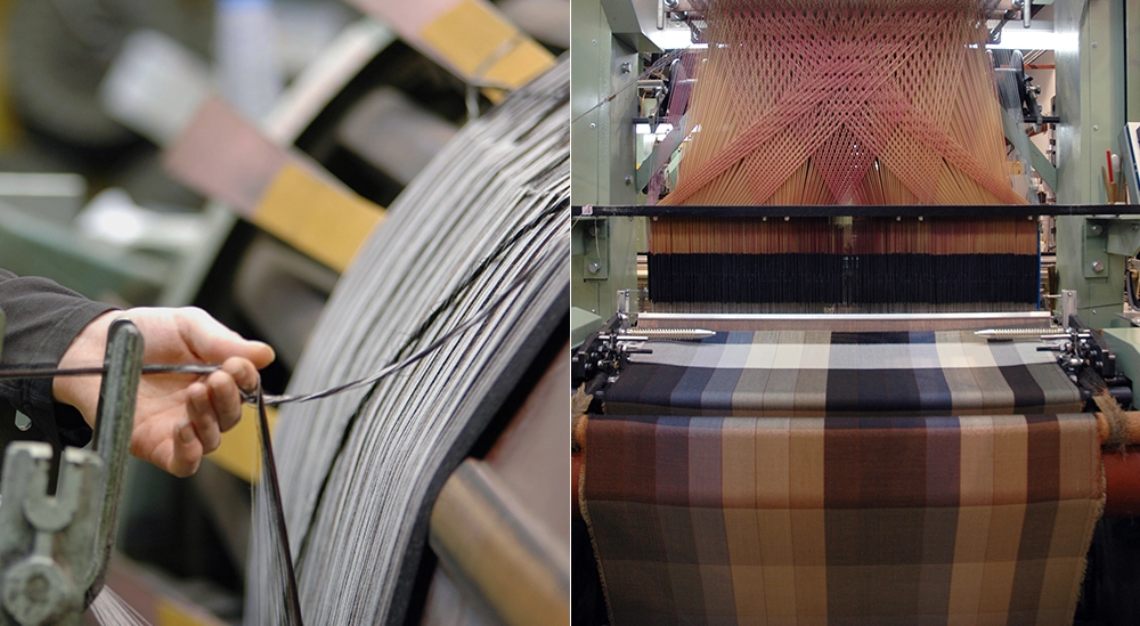
Is vicuña really better than cashmere?
It’s inevitable that vicuña should be compared to that other marquee-name luxury fabric, cashmere. But vicuña and cashmere are entirely different animals—in a literal and figurative sense.
From a supply standpoint, the more stringent laws governing how vicuña can be cultivated and shorn make it a much rarer textile: there’s a reason you don’t see discounted vicuña sweaters being sold at outlet malls.
“Cashmere is very much available at different levels. Vicuña is in really short supply,” Sheed summarizes.
But exclusivity isn’t the only advantage vicuña holds over cashmere. While it’s difficult to convey in words, many will testify that the former fibre has the superior hand. Craig Wertheim, who serves as the USA and Canada Vice President for the vicuña-producing English mill Scabal, is one of them.
“The fineness and softness are well above what a cashmere feels,” he testifies. “When you feel vicuña, you feel the difference.”
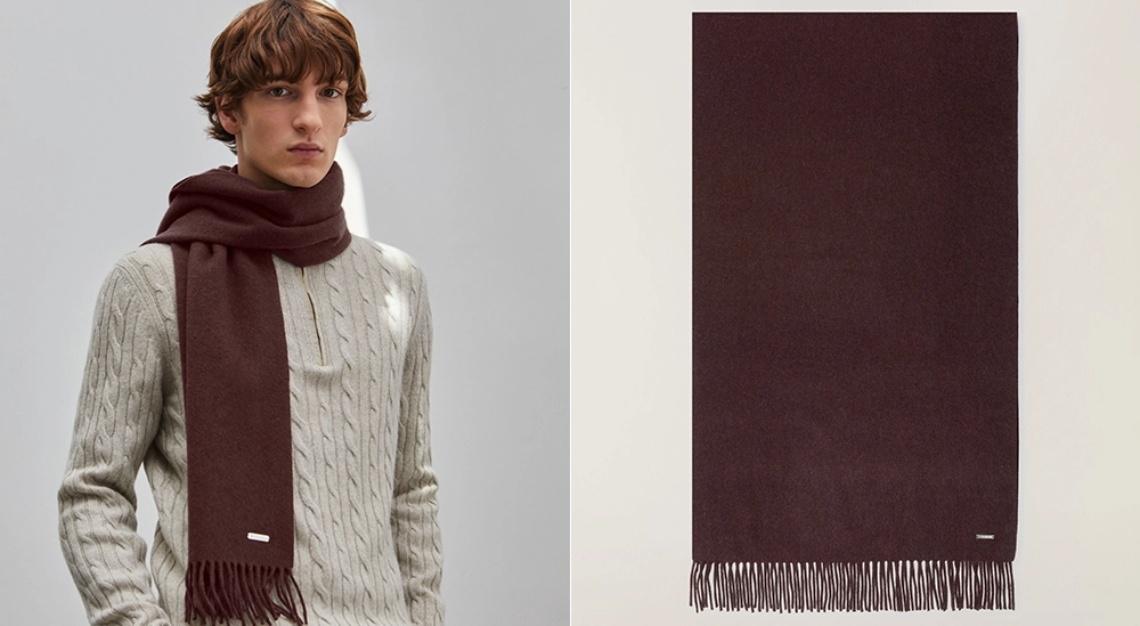
Can you blend vicuña with other fabrics?
In its pure, classic form, vicuña is most often used for scarves or sweaters, or tailored into overcoats or sport jackets. But some mills have begun to blend other fabrics into vicuña, increasing its wearable possibilities.
In recent years, Scabal has begun offering suiting composed of 97 percent vicuña and 3 percent silk. The latter fibre is introduced for strength, a vital concern if the fabric is to be tailored into trousers. Conversely, the mill also offers a collection of super 150s wool suiting that features 5 percent vicuña. In this instance, the blend has less to do with practicality than indulgence.
“It makes it more special,” Wertheim says of the vicuña-enhanced suiting. “It adds that additional bit of luxury to the fabric.”
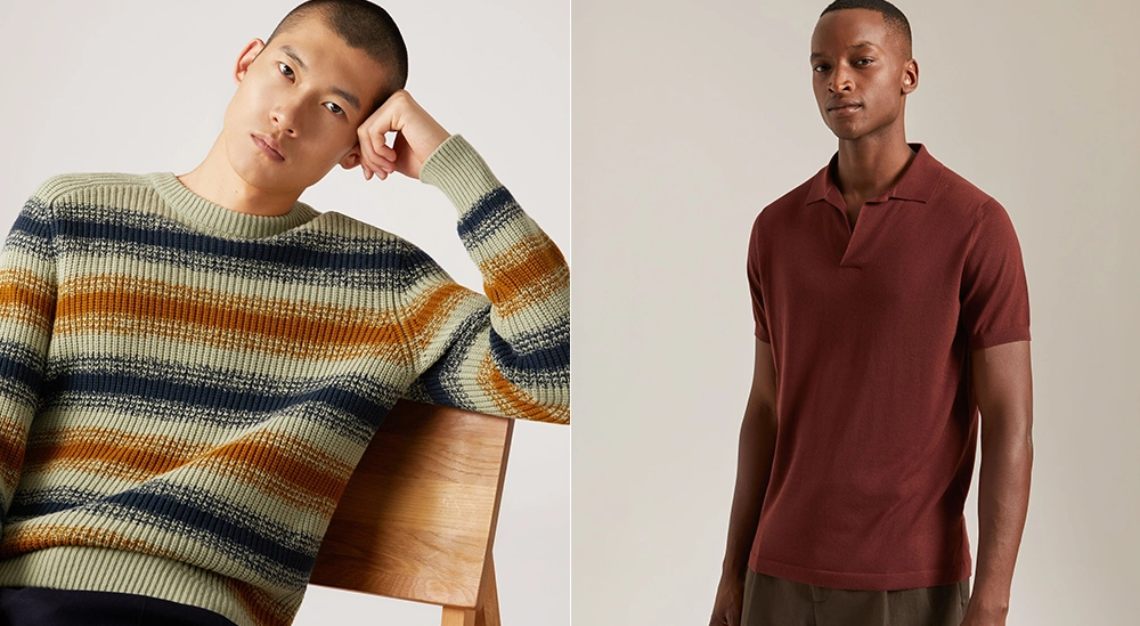
Does vicuña only come in one colour?
Vicuña is closely associated with the hue in which it most often appears: a rich, warm, mid-to-light brown colour that is sometimes referred to as “vicuña,” even in garments made from non-vicuña fabrics (a move we’re sure rankles a few purists’ feathers).
While the pleasing hue has become part of the textile’s appeal, there’s a practical reason why so many vicuña garments play in the same colour range. As Wertheim states, this is because of the animal’s light brown colouring, which means that its fibres must be over-dyed to create new shades.
It’s easy to overdye these yarns to a deep navy or black. Those shades, together with the “classic,” account for Scabal’s three primary vicuña colours. However, anything beyond that trinity gets tricky.
“When you go from there it becomes much more difficult to get a vivid blue, or some lighter shades,” Wertheim says.
That hasn’t stopped Scabal from producing patterned vicuña jacket fabrics, but only around 10 are included in each collection, and their colours are largely limited to earth tones.
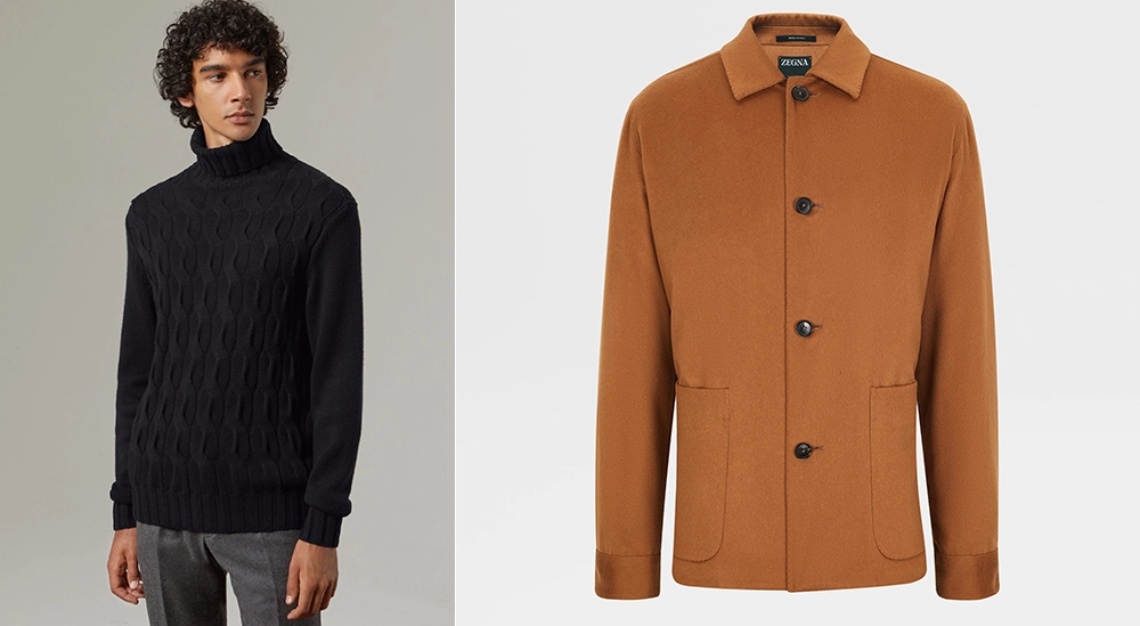
Who makes the best vicuña menswear?
Ready-to-wear vicuña garments are the almost exclusive preserve of Loro Piana, which utilises the rarified yarn across dozens of styles including rain-resistant coats, turtlenecks and even polo shirts. Zegna offers readymade vicuña clothing to a lesser extent, and across casual outerwear options such as overshirts and chore jackets. The Scottish mill Johnstons of Elgin, meanwhile, has been working with the textile since 1849 and continues to offer vicuña scarves and stoles today.
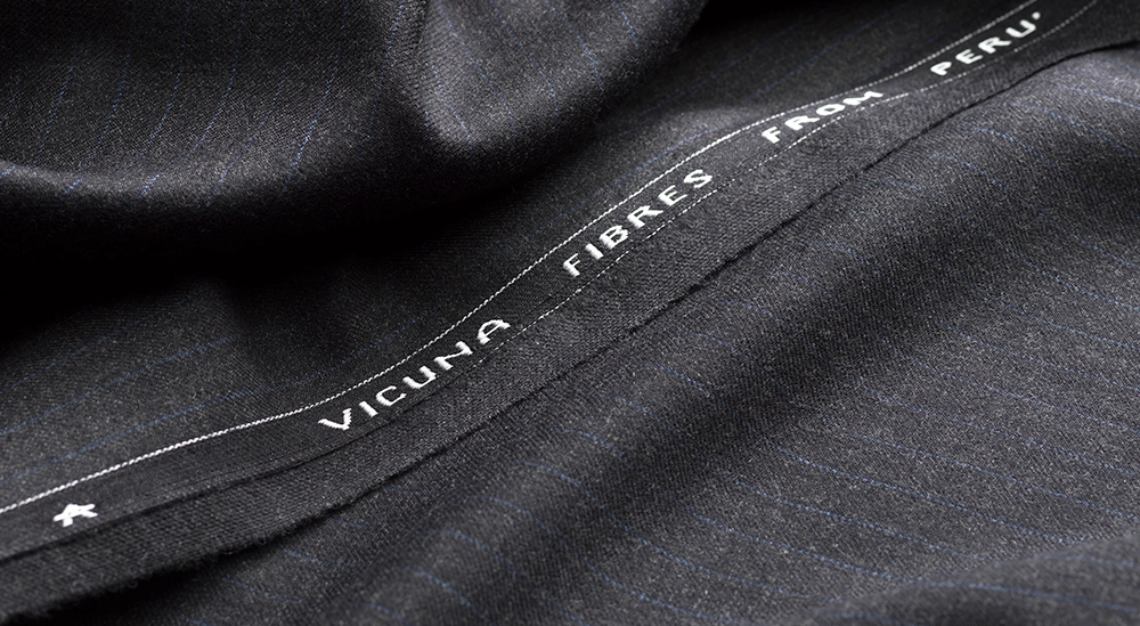
Can you use vicuña in bespoke menswear?
As the proprietor of the eponymous bespoke tailoring business, Paolo Martorano is no stranger to fine things. And yet, he’s witnessed vicuña’s ability to impress even in the rarefied world of fully custom clothing.
“The thrill of the rare, I suppose, leads the charge on that issue,” he says of the fabric’s pull on clients. “The knowledge that the cloth is not only exquisite but that, when wearing it, the client isn’t likely to see it on anyone else. It’s simply not meant for everyone.”
Martorano says his clients’ vicuña commissions are almost exclusively sport jackets. It’s a choice in keeping with his own advice, which holds that the fabric’s exquisite softness makes it too delicate for trousers, and thus, suiting.
When asked if the fabric presents additional challenges for tailors, Martorano responds that it’s simply a matter of handling with care.
“While it’s true for every garment we craft, I suppose that there’s something of an additional thrill in the knowledge that there’s simply no room for error; it’s just too costly for any conceivable misstep,” he says. “Every aspect needs to be flawlessly executed; the fit needs to be perfect. Or maybe it’s just that we, as well as the client, hold our breath a bit more with something this precious.”
Since the days when it was worn by Incan kings, vicuña has held onto a unique capacity to impress. Under its modern-day stewardship, we’re confident that the obscure camelid’s coat will continue to inspire appreciation—and envy—far into the future.
This article was first published on Robb Report USA. Additional reporting by Phoebe Neuman
